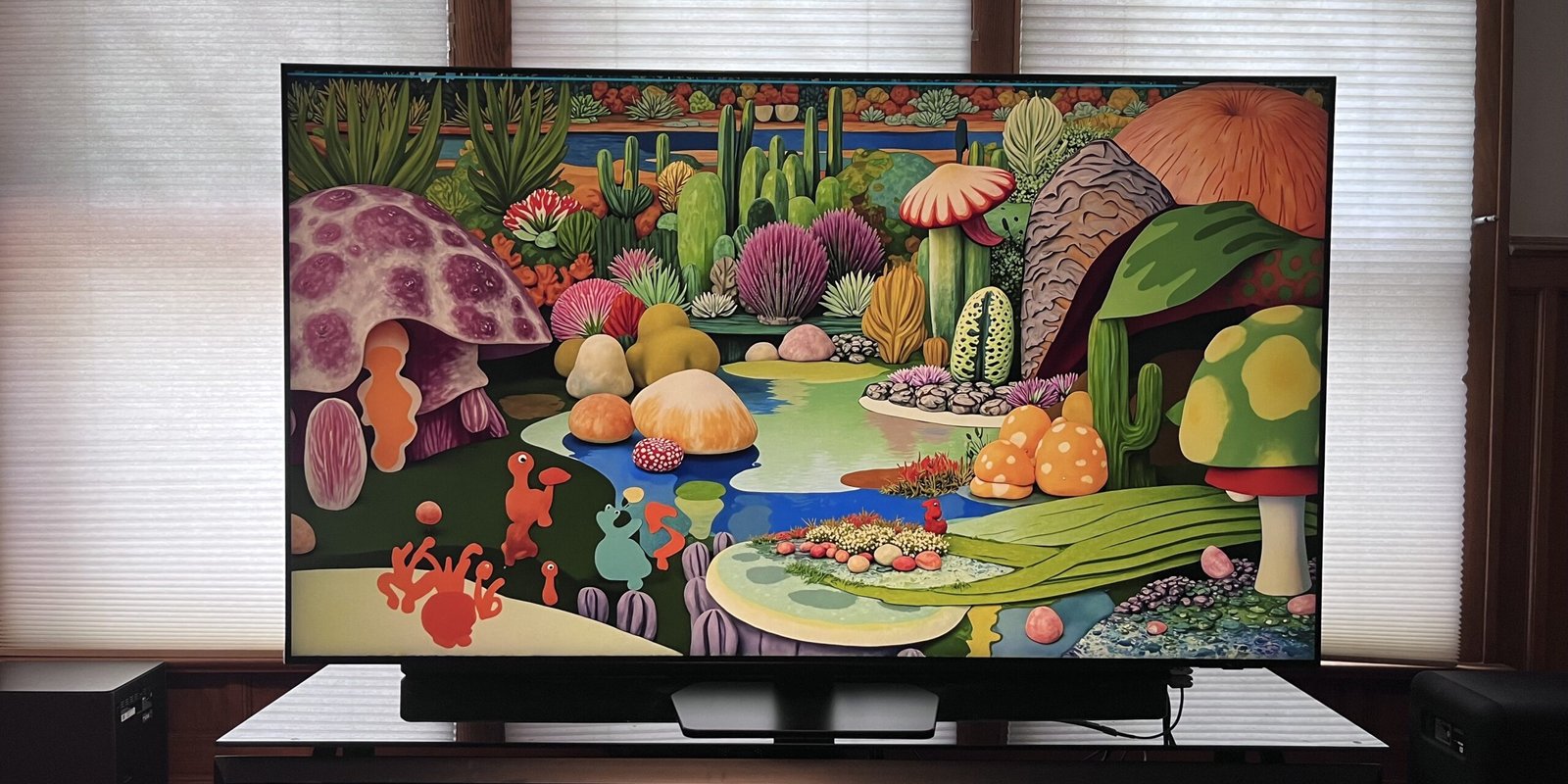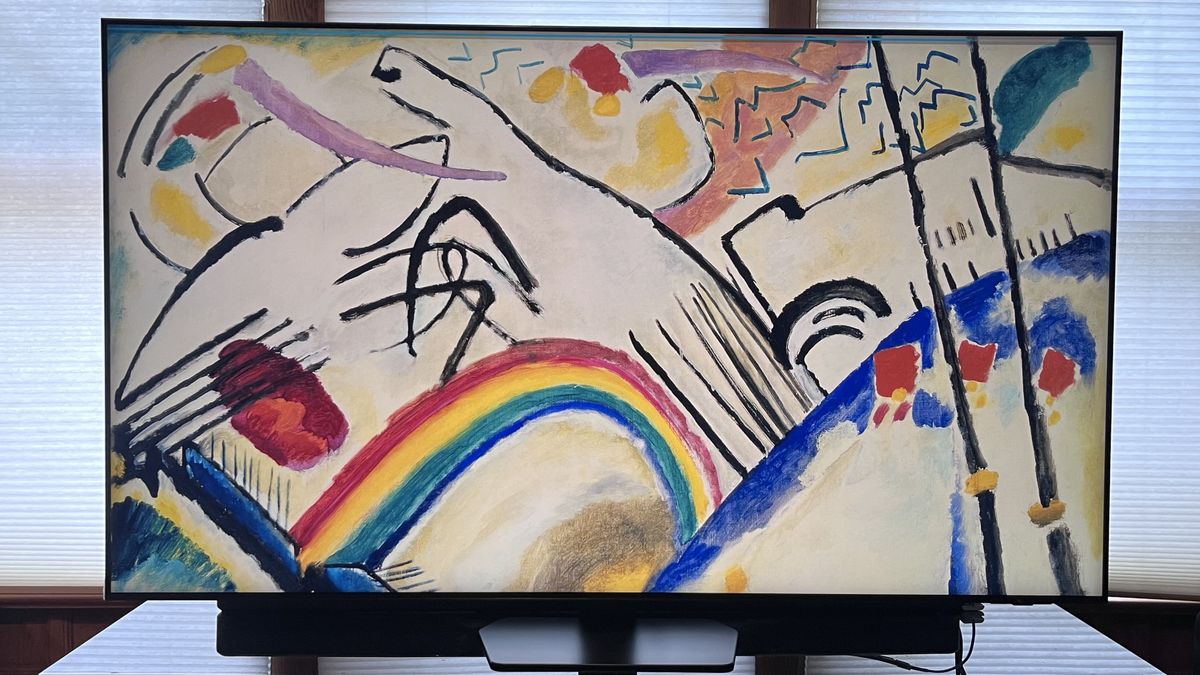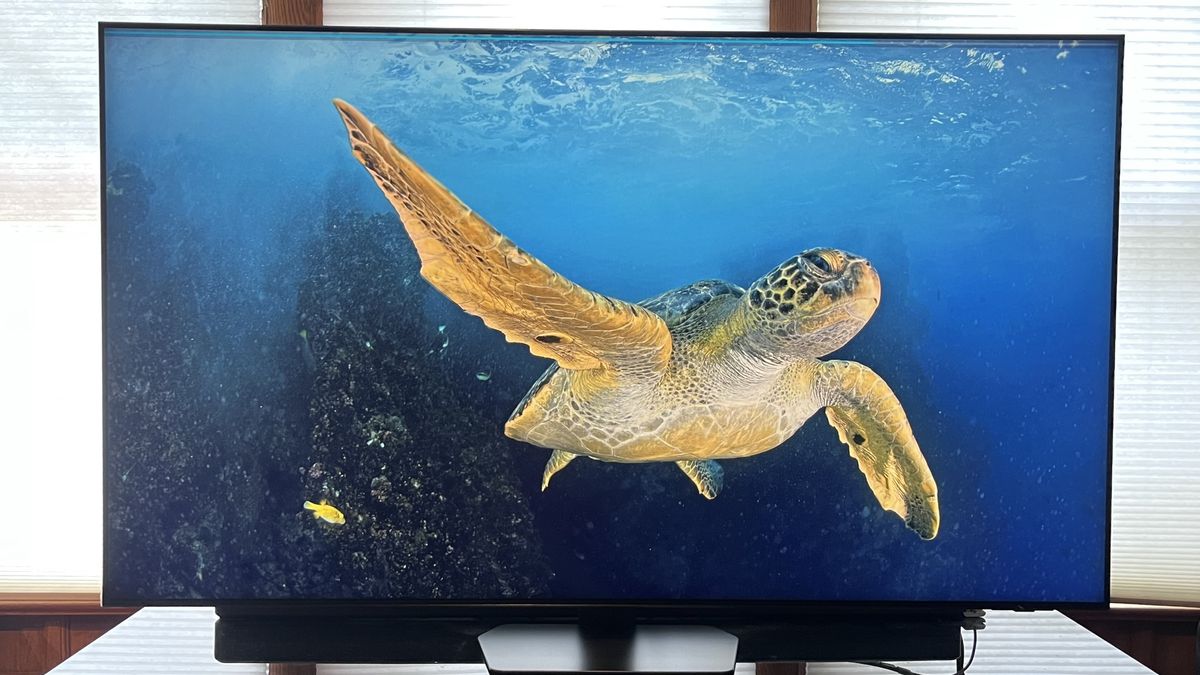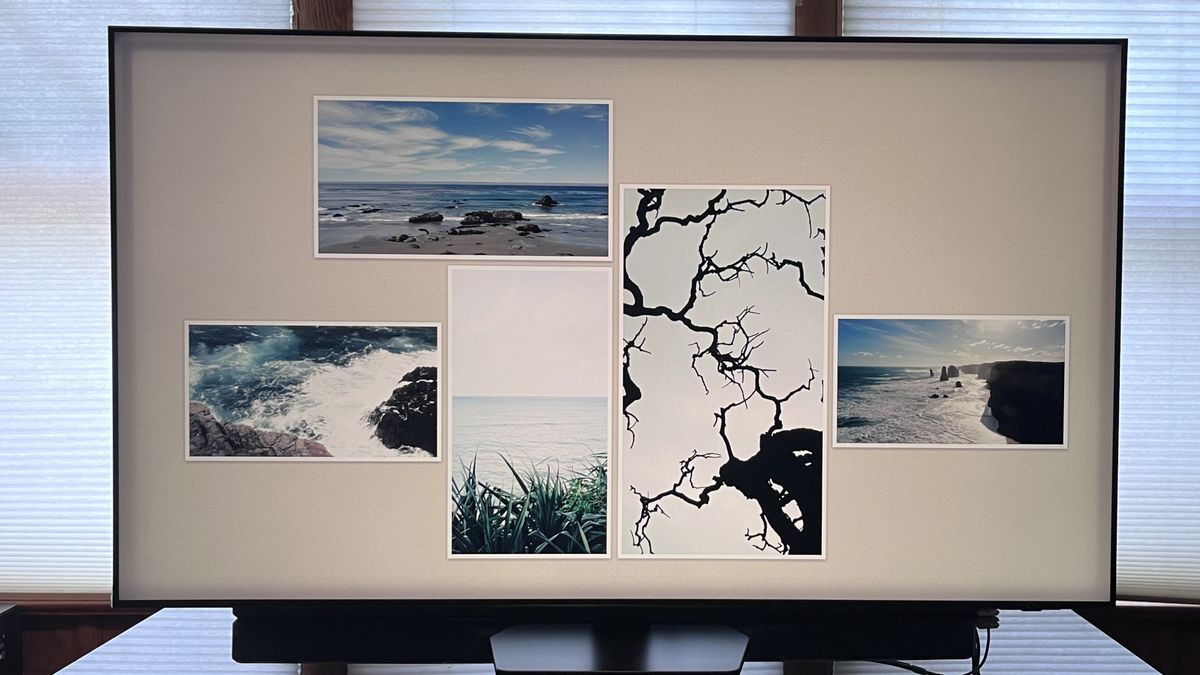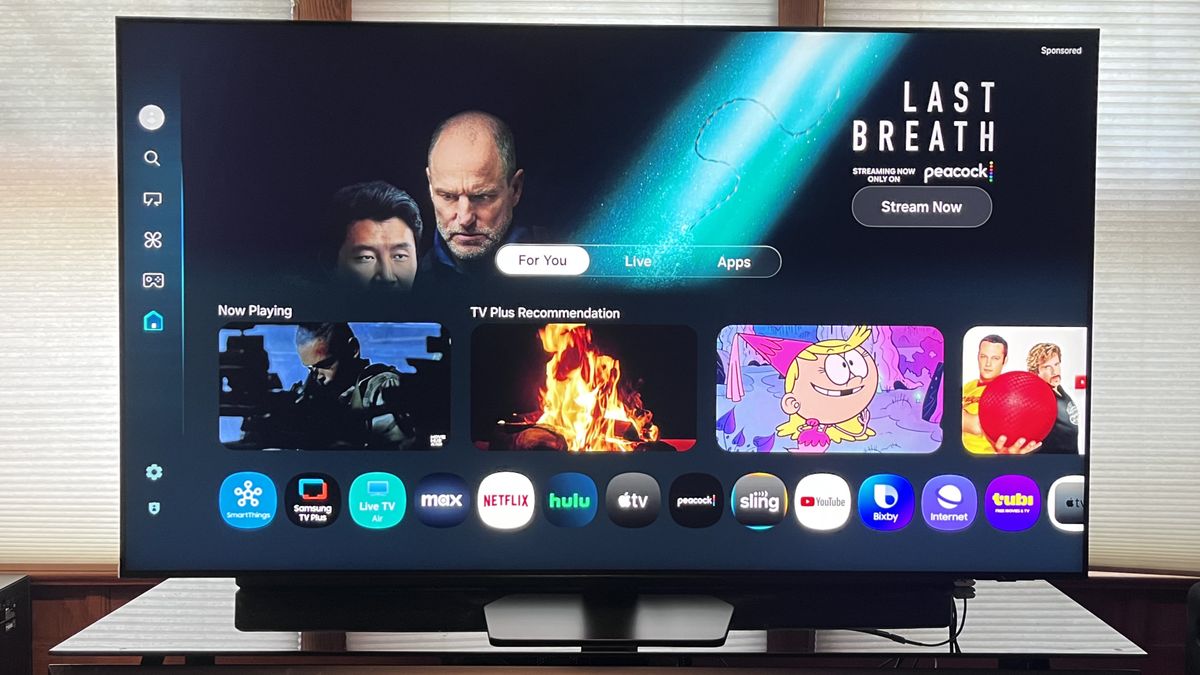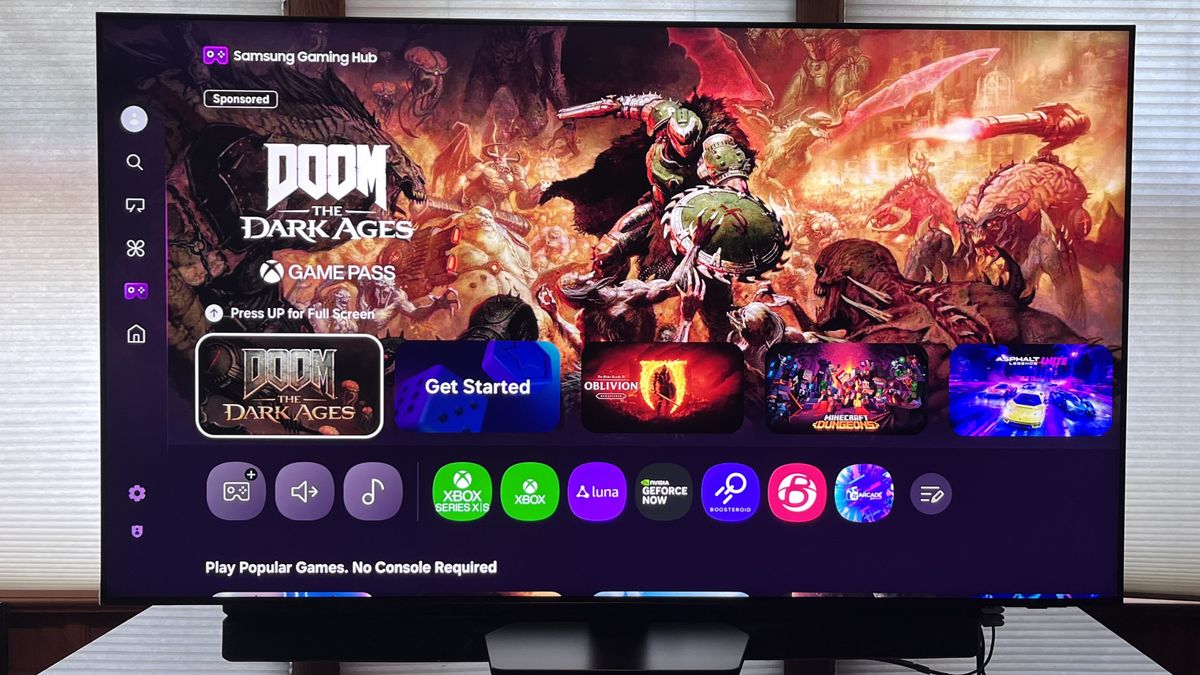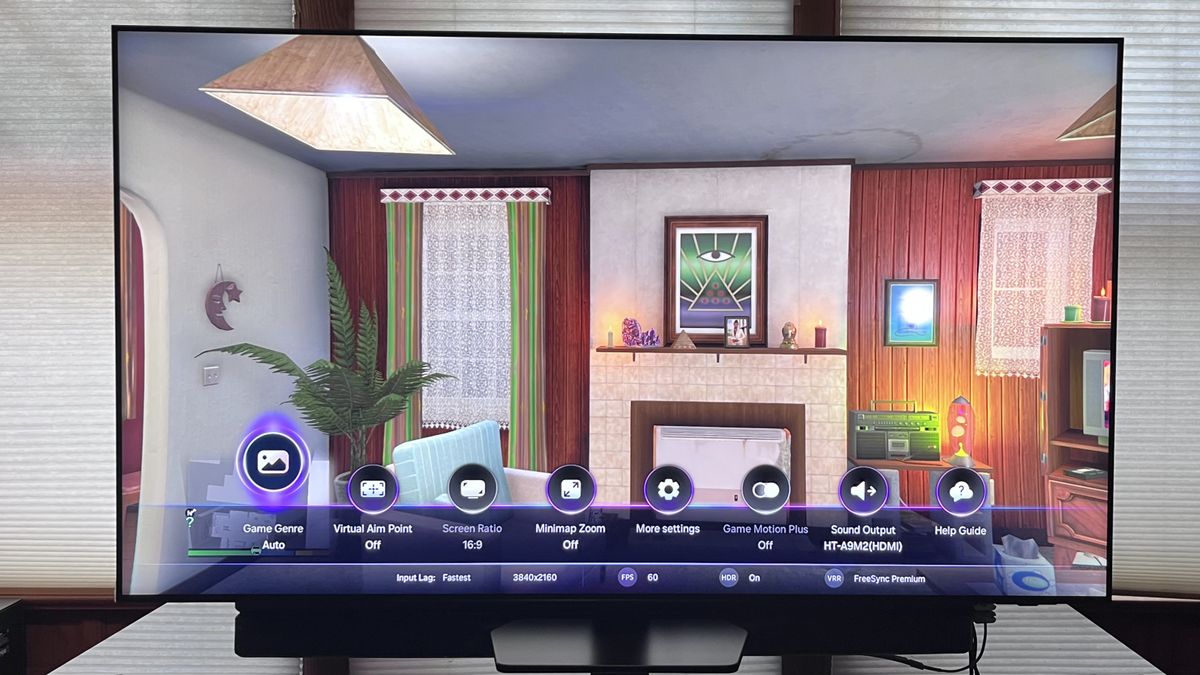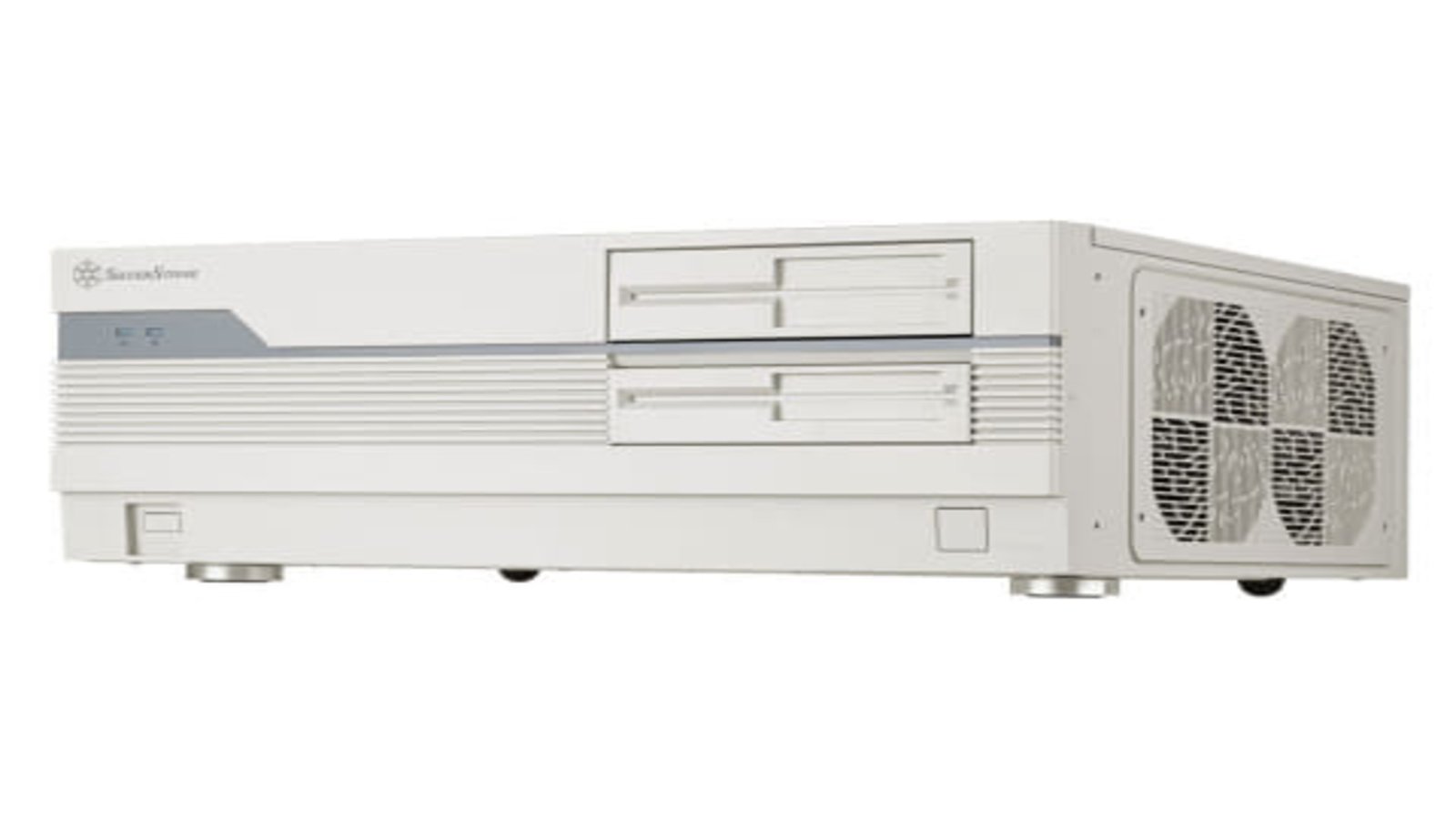Why you can trust TechRadar
We spend hours testing every product or service we review, so you can be sure you’re buying the best. Find out more about how we test.
Samsung QN90F: Two-minute review
The Samsung QN90F is the company’s flagship mini-LED TV series for 2025. It’s available in 43-inch to 98-inch screen sizes, and is a showcase for the full range of new features Samsung is bringing to market in its 2025 TV lineup.
A key feature found in the Samsung QN90F and other 2025 flagships, such as the Samsung QN990F 8K TV and Samsung S95F OLED TV, is a ‘2.0’ version of Glare-Free technology. Previously limited to the S95F, one of the best TVs of 2024, this effectively eliminates screen reflections, and does so while retaining the deep black levels needed to maintain picture contrast when watching movies in a bright room – something the S95F stopped short of delivering.
The QN90F also has a new NQ4 AI Gen3 Processor, which allows for a range of AI-driven picture enhancements to improve picture upscaling of lower-resolution sources and motion handling for sports. It even adds HDR to standard dynamic range programs being upscaled to 4K, giving them a high dynamic range-like look.
Picture quality on the QN90F is stunning. The TV’s powerful, refined local dimming delivers images with strong contrast and deep, detailed shadows. This is the kind of performance we expect to see from the best mini-LED TVs, and the QN90F has set the bar high for 2025.
The QN90F’s 4.2.2-channel built-in speakers provide clear and dynamic sound over a wide volume range. Dialogue clarity is good at the default settings, but there are also processing modes, such as Active Voice Amplifier Pro, to further improve clarity. The TV’s Object Tracking Sound Pro+ feature ensures that both dialogue and sound effects accurately follow the onscreen action.
As with other high-end Samsung TVs, the QN90F has a full suite of gaming features, including support for 4K 165Hz across its four HDMI 2.1 ports, FreeSync Premium Pro, and Samsung’s Gaming Hub, which offers cloud-based, console-free gaming. The TV’s ultra-low input lag makes gaming performance as responsive as one can expect from the best gaming TVs.
The QN90F’s Tizen smart TV platform is among the most advanced in the industry, and Samsung has given it a range of tweaks for 2025 to improve navigation and expand content offerings. The company’s own Samsung TV Plus free ad-supported TV portal provides a wide range of channels. There’s also the Samsung Art Store, a subscription-based service previously limited to Samsung’s The Frame TVs that lets you view a wide range of art offerings when the TV is in standby mode.
At $2,499.99 / £2,499 / AU$3,499 for the 65-inch model I tested, the Samsung QN90F isn’t cheap, and it faces stiff competition from the flagship mini-LED TVs from Hisense and TCL. However, the QN90F more than holds its own when it comes to picture quality, features, and design, making it a premium choice for discerning viewers.
Samsung QN90F review: Price and release date

- Release date: March 2025
- 43-inch: $1,299.99 / £1,199
- 50-inch: $1,499.99 / £1,299
- 55-inch: $1,799.99 / £1,699
- 65-inch: $2,499.99 / £2,499 / AU$3,499
- 75-inch: $2,999.99 / £3,499 / AU$4,499
- 85-inch: $4,499.99 / £4,999 / AU$5,999
- 98-inch: $14,999.99 / £8,999
The Samsung QN90F is the company’s flagship 4K mini-LED TV series for 2025. Launch prices are lower compared to 2024’s Samsung QN90D series, with the 65-inch QN90F I reviewed priced at $2,499.99 / £2,499 compared to $2,699.99 / £2,699 for the 65-inch QN90D.
Pricing for new Samsung TVs typically takes a substantial drop by mid-year – the same 65-inch QN90D was priced at $1,899 / £1,999 / AU$3,995 when we reviewed it in September 2024, for example – so buyers can expect discounts going forward.
Such discounts will let the QN90F compete more effectively with affordable brands such as Hisense, which at the time of writing had reduced the price of its new 65-inch flagship Hisense U8QG mini-LED TV to $1,399 in the US.
Samsung QN90F review: Specs
|
Screen type: |
QLED with mini-LED |
|
Refresh rate: |
Up to 165Hz |
|
HDR support: |
HDR10+, HDR10, HLG |
|
Audio support: |
Dolby Atmos |
|
Smart TV: |
Tizen |
|
HDMI ports: |
4 x HDMI 2.1 |
|
Built-in tuner: |
ATSC 3.0 (USA) |
Samsung QN90F review: Benchmark results
Samsung QN90F review: Features
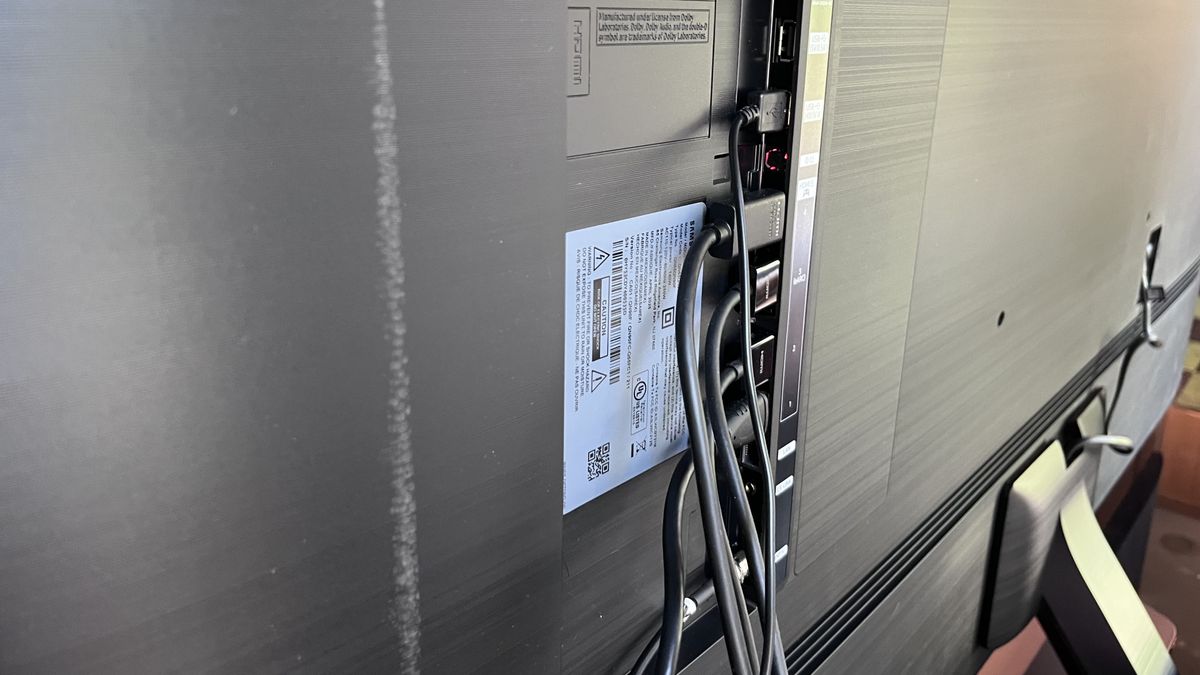
- Glare-Free screen
- NQ4 AI Gen3 Processor with 4K AI Upscaling Pro
- 4K 165Hz gaming support
The Samsung QN90F’s headline feature is its Glare-Free screen. This anti-reflection tech was previously limited to the Samsung S95D OLED but has migrated to all of the company’s flagship TVs in 2025. It very effectively reduces screen glare from ambient room lighting and can even minimize reflections from direct lighting sources such as lamps.
Samsung’s new NQ4 AI Gen3 Processor is used in the QN90F series and enables features such as 4K AI Upscaling Pro, Auto HDR Remastering Pro (upscales standard dynamic range programs to high dynamic range), and AI Motion Enhancer Pro (reduces motion blur in sports and other fast-action content).
Other picture enhancements include Wide Viewing Angle, which improves screen uniformity when viewing from off-center seats, and Real Depth Enhancer Pro, which analyzes scenes to emphasize the difference between foreground objects and backgrounds for a more 3D effect.
The QN90F has a similar audio feature set as its predecessor, including a 4.2.2-channel speaker array powered by 60W, Object Tracking Sound Pro+ for accurate dialogue and sound effects placement, and Active Voice Amplifier Pro to enhance dialogue in complex movie sound mixes. The Q-Symphony feature requires a compatible Samsung soundbar to unlock and combines the TV’s speakers with the soundbar’s output for an expanded soundfield.
Samsung’s Tizen smart TV platform supports both Samsung’s own Bixby and Amazon Alexa voice assistants, and the TV features built-in far-field mics for hands-free voice control. Samsung has added a wide range of custom apps to Tizen for 2025 – everything from the Samsung Art Store (a feature previously only available on its The Frame TVs) to Dr. Tail, an online pet care consultation platform.
The QN90F series supports FreeSync Premium Pro for gaming, with up to a 165Hz refresh rate across its four HDMI ports. There’s also Samsung Gaming Hub for cloud-based gaming, with a wide array of selections from apps like Xbox, Nvidia GeForce Now, Boosteroid and Luna.
Samsung QN90F review: Picture quality
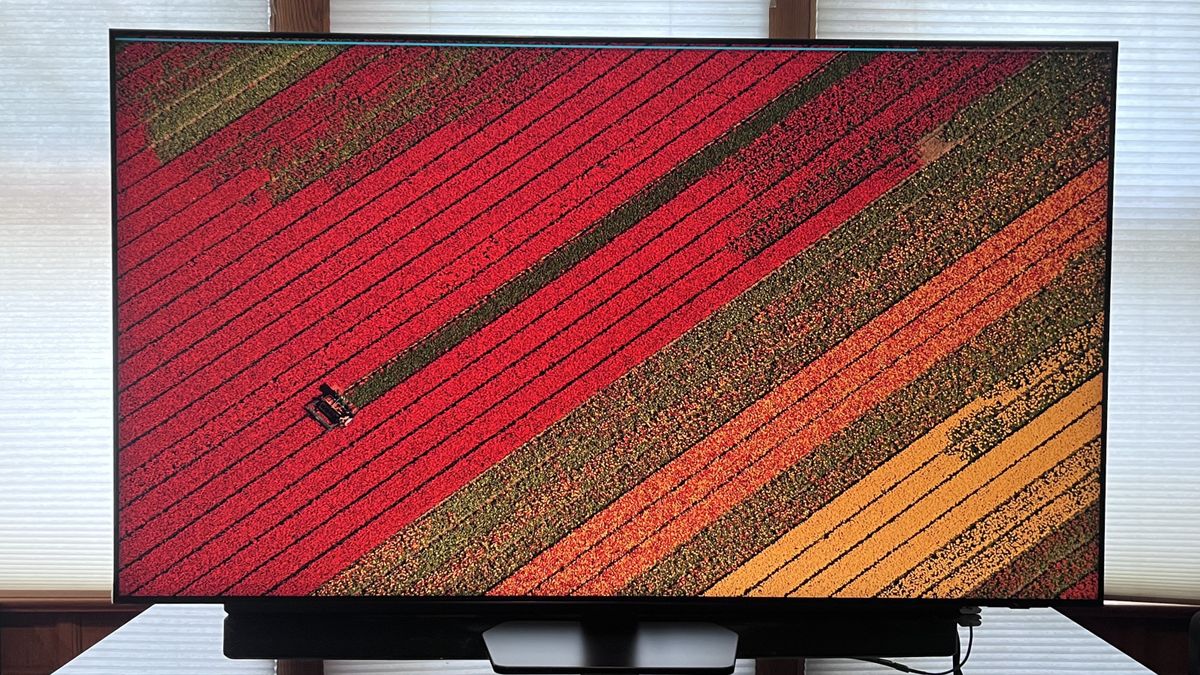
- High brightness and refined local dimming
- Good off-axis picture uniformity
- Effective Glare-Free screen tech
My measurements of the Samsung QN90F were made with its Movie picture mode active. While the Filmmaker Mode provided a slightly more accurate picture, the extra brightness from Movie mode made it a better all-round option for both dark and bright room viewing, and I found myself subjectively preferring it.
Peak brightness measured on a white 10% window pattern with HDR was 2,086 nits in Movie mode, and 1,987 nits in Standard mode. Fullscreen brightness measured on a white 100% window pattern with HDR was 667 in Movie mode and around the same level in Standard.
Those are excellent brightness results, and roughly similar to what we measured on last year’s Samsung QN90D.
UHDA-P3 and BT.2020 color gamut coverage results in Movie Mode were 93.6 and 76.5, respectively, marking a slight improvement over the Samsung QN90D. Color accuracy, meanwhile, averaged out to a 6.3 Delta-E value (the margin of error between the test pattern source and what’s shown on-screen), which is a higher level than the 3 threshold we normally look for, though Filmmaker Mode showed better results.
After calibrating the QN90F’s grayscale, its picture looked fantastic. Colors were rich and detailed, and the TV’s high brightness and contrast gave the picture a strong visual punch in both dim and bright room lighting conditions.
Watching the movie Mountainhead (streamed on Max in 4K HDR), the bright orange outerwear worn by the tech bros wandering the grounds outside the mountain retreat popped nicely against the snowy background. The white sky and snow-filled trees displayed an impressive level of highlight detail, and the picture had good uniformity even when watching from off-center seats.
The QN90F’s strong contrast also gave excellent depth to darker shots in movies like Oppenheimer. Shadows looked deep, and I saw almost no evidence of backlight blooming effects. While the QN90F’s rich color display carried over to Oppenheimer, the movie’s black-and-white scenes also revealed excellent uniformity across the picture’s full range of black, white, and gray tones.
Motion handling on the QN90F was also very good, with only a minimal level of judder and blur visible in a reference scene from No Time to Die where James Bond walks across a craggy hillside cemetery. To evaluate this scene, I selected the TV’s Filmmaker Mode, which disables all motion processing, but setting the judder and blur adjustments to 3 in the Custom menu fully eliminated motion artifacts without adding any unnatural “soap opera” effect.
As mentioned above, I preferred the QN90F’s Movie picture preset for its extra brightness kick, a factor that helped bring out shadow detail and highlights when viewing in both dim and bright rooms. With my room’s overhead lights turned on, the TV’s Glare-Free screen was completely free of reflections. And even when I turned on a lamp in front of the screen to see how it could handle strong light sources, the light was effectively diffused.
The QN90F’s Glare-Free screen performs as advertised. And, unlike the version used in last year’s Samsung S95D OLED TV, it manages to maintain solid black levels, even when viewing in a bright room.
- Picture quality score: 5/5
Samsung QN90F review: Sound quality
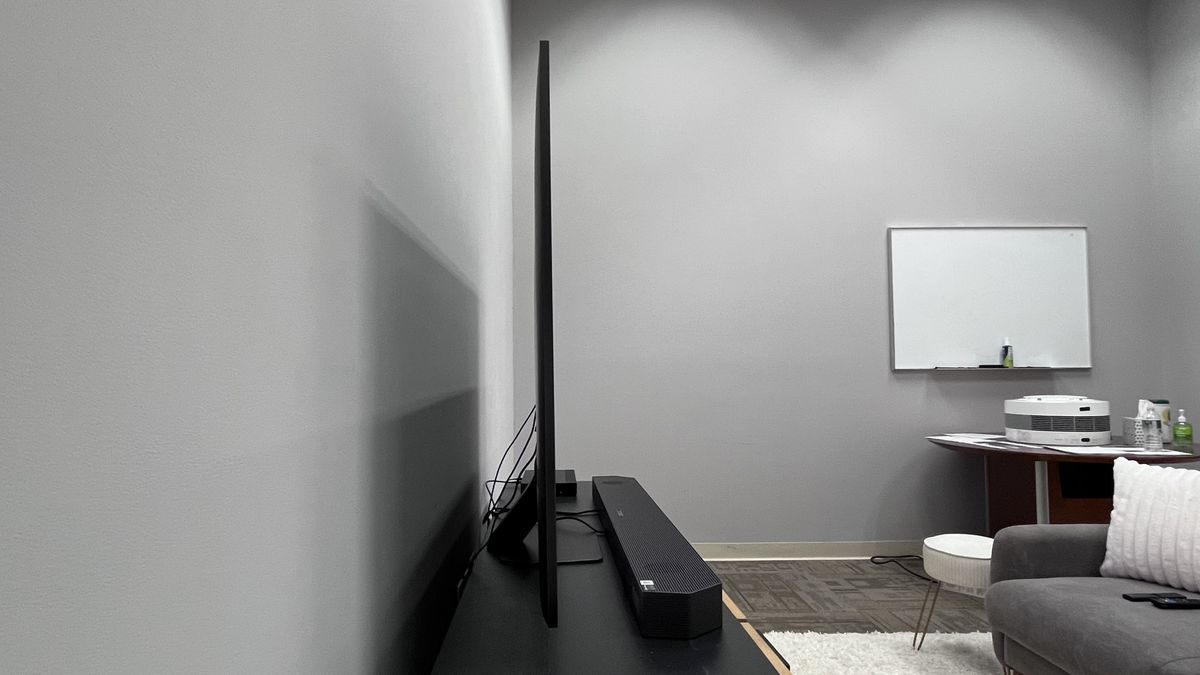
- 4.2.2-channel, 60W speaker array
- Clean, well-defined sound
- Object Tracking Sound Pro+ and Active Voice Amplifier Pro features
The QN90F has a 4.2.2-channel, 60W speaker array, along with Samsung’s Object Tracking Sound Pro+ feature to optimize dialogue and sound effects placement. Active Voice Amplifier Pro uses AI to analyze, separate, and amplify dialogue in sound mixes. There are two preset sound modes, Standard and Amplify, with the latter also giving dialogue levels a general boost.
I found the QN90F’s sound to be clean and well-defined, even when played at fairly loud levels. Bass, while lacking the weight and extension you’d get from using one of the best soundbars with a separate subwoofer, was also suitably punchy.
Sound effects, while well-delineated, were mostly contained to the screen area, with little in the way of a surround effect. Dolby Atmos height effects were also modest, though certain scenes, such as one from No Time to Die with a close-up shot of clanging church bells, proved more effective here than others.
The QN90F supports Samsung’s Q-Symphony feature, which combines the TV’s speaker output with a Samsung soundbar for enhanced and expanded sound. As good as the QN90F’s built-in sound is, this slim TV would definitely benefit from being paired with a Samsung soundbar or one from another brand.
Samsung QN90F review: Design

- Ultra-slim, bezel-free design
- Sturdy pedestal stand with cable management
- Solar-powered remote control
The Samsung QN90F has a remarkably slim design for a mini-LED TV. The panel depth is a mere 1.1 inches, and the TV’s ‘bezel-free’ display means there’s a disappearingly slim black border surrounding the screen.
Samsung’s ‘Sharp Neck Hexagon’ aluminum pedestal stand provides firm support, and a cable management system on the back makes for tidy installation. The side-mounted input section features four HDMI 2.1 ports plus an antenna connection for the TV’s ATSC 3.0 tuner (US-only).
The QN90F’s battery-free SolarCell remote control draws power from ambient room lighting, but can also be charged via its USB-C port. I’m of two minds about this compact, minimalist remote. On the one hand, its small size and uncluttered layout fit with the design philosophy of the QN90F. On the other, it lacks a dedicated input button – something I complained about in my LG G5 OLED TV review – and it mostly facilitates onscreen menu navigation to perform functions, along with voice-controlled searching.
Samsung QN90F review: Smart TV and menus
- Samsung Tizen Smart TV platform
- Samsung Art Store
- Some settings buried deep in menus
As with all Samsung TVs, the QN90F series uses the company’s Tizen Smart TV platform. This presents a mostly uncluttered ‘For You’ homescreen, with program recommendations, a customizable row of app selections, and tabs to access additional Live TV and App screens.
A vertical row of icons on the homescreen’s left side provides access to the Search, Art, Daily+, and Gaming hubs. The Art Hub now features the full Samsung Art Store, which costs $4.99/month or $49.90/year in the US, and offers selections from partners such as the Metropolitan Museum of Art, the Museo del Prado, the Tate, and, new for 2025, Star Wars and Disney. Think of this as a streaming service for artwork, which looks fantastic on the TV’s Glare-Free screen.
Daily+ is Samsung’s lifestyle hub, and you’ll find a wide range of fitness and productivity apps here, along with telehealth services for you (HealthTap) and your pets (Dr. Tail).
The Live tab on the homescreen features programming from Samsung’s own Samsung TV Plus and other free ad-supported TV channels. There are an almost ridiculous number of free channels here to explore, and you can also view a program grid that integrates live channels received via the TV’s ATSC 3.0 tuner in the US.
With most picture settings buried deep in the TV’s menu structure, it can be difficult to access even basic picture adjustments like brightness. Some of the drudgery is lessened by the QN90F’s quick menu, which presents a compact screen overlay with a customizable range of settings and setup options, including sound and picture preset modes and, yes, brightness.
Another advantage of the quick menu is that by selecting the All Settings icon, along with a full list of menu options for picture, sound, advanced features, and more, you’ll see a list of your five last used settings for easy access. There’s also a search option here, with voice control support, if you don’t want to scroll deep through menus.
- Smart TV & menus score: 5/5
Samsung QN90F review: Gaming
- Four HDMI 2.1 ports
- 4K 165Hz, FreeSync Premium Pro, and HDR10+ gaming support
- 9.5ms input lag
Higher-end Samsung TVs regularly rank among the best gaming TVs, and that’s still very much the case with the QN90F. With four HDMI 2.1 ports with 4K 165Hz support, FreeSync Premium Pro, HGiG, and Samsung’s Gaming Hub, which features apps such as Xbox, Nvidia GeForce Now, Boosteroid, and Luna, there’s little here that’s been overlooked, with the exception of Dolby Vision Gaming (HDR10+ gaming is supported, however).
The QN90F’s ultra-low 9.5 input lag results in highly responsive gaming performance. Gaming is also enhanced by the TV’s game bar menu, which lets you quickly make gaming-related picture and sound adjustments and access the Super Ultra Wide Game View and MiniMap Zoom features.
Samsung QN90F review: Value

- Great performance and features help justify the price
- Impressive competing TVs available for less
- A complete package for TV perfectionists
Making a value call on the Samsung QN90F can be tough. It’s an excellent all-around TV with great picture and sound quality, a complete set of gaming features, and an attractive, living room-friendly design.
The QN90F faces stiff competition from other TV brands, such as Hisense and TCL, which also make great mini-LED TVs and ultimately sell them at a much lower price. As mentioned above, the 65-inch Hisense U8QG that earned 4.5 out of 5 stars in our review now costs $1,399 in the US. We haven’t yet reviewed the new TCL QM8K, but if its pricing history follows the same trajectory as last year’s TCL QM851G, that model will eventually cost around the same as the Hisense U8QG.
Nevertheless, the QN90F scores value points over its competition with better overall picture and sound quality, a superior smart interface, a more advanced feature set, and a sleeker design. It really is the complete package and an excellent option for watching movies and sports, gaming, or even scheduling a telehealth appointment for your pet.
Should I buy the Samsung QN90F?
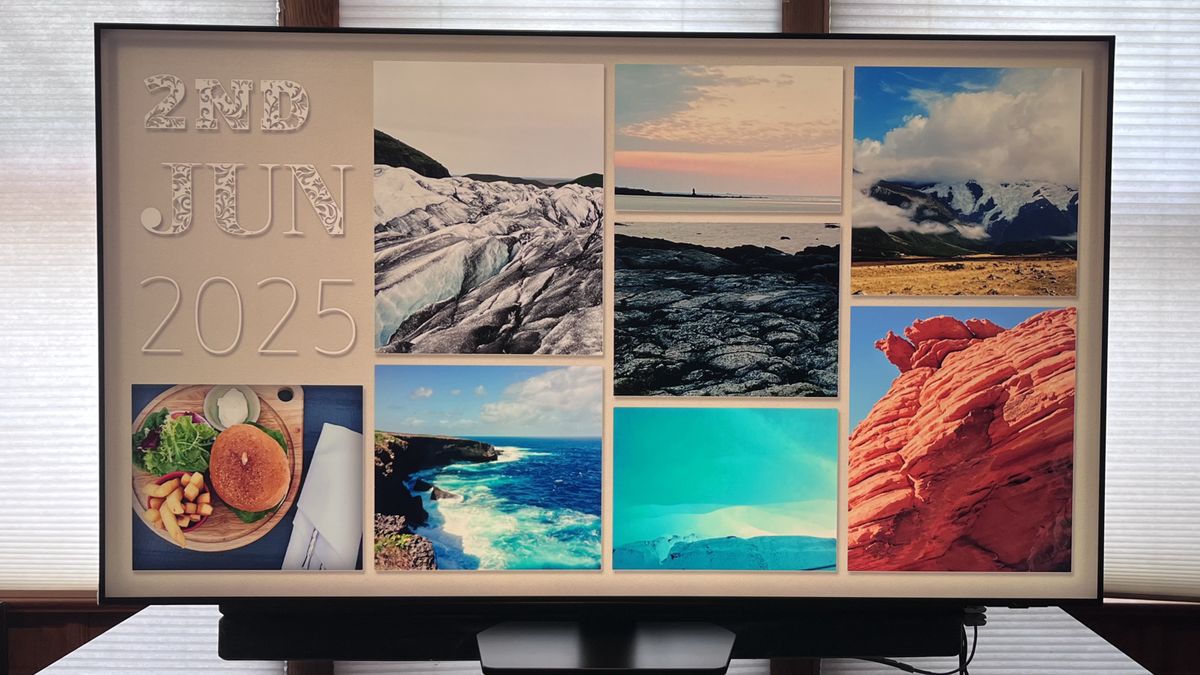
|
Attributes |
Notes |
Rating |
|---|---|---|
|
Features |
Feature-packed, with AI picture and sound enhancements and a wide array of gaming features |
5/5 |
|
Picture quality |
High brightness and refined local dimming plus a Glare-Free screen make this a great TV for viewing in a range of lighting conditions |
5/5 |
|
Sound quality |
A built-in 4.2.2-channel speaker array provides clear, and reasonably full sound, but it’s light on bass and immersion |
4/5 |
|
Design |
A wonderfully sleek design with sturdy pedestal stand, but the SolarCell remote provides few options for direct control outside the menu system |
5/5 |
|
Smart TV and menus |
Samsung’s relatively uncluttered Tizen smart interface is easy to navigate and there’s a wide range of apps plus the Samsung Art Store |
4/5 |
|
Gaming |
An impressive suite of gaming features plus cloud-based gaming and fast, responsive performance |
5/5 |
|
Value |
Pricey compared to the mini-LED competition, but great performance, features, and design for the money |
4/5 |
Buy it if…
Don’t buy it if…
Samsung QN90F: Also consider…
| Header Cell – Column 0 |
Samsung QN90F |
Hisense U8QG |
Samsung QN90D |
TCL QM851G |
|---|---|---|---|---|
|
Price (65-inch) |
$2,499.99 / £2,499 / AU$3,499 |
$2,199 / £TBC / AU$2,999 |
$2,699 / £2,699 / AU$4,299 |
$2,999 / £2,999 |
|
Screen type |
QLED w/ mini-LED |
QLED w/ mini-LED |
QLED w/ mini-LED |
QLED w/ mini-LED |
|
Refresh rate |
165Hz |
165Hz |
144Hz |
144Hz |
|
HDR support |
HDR10+/HDR10/HLG |
DolbyVision/HDR10+/HDR10/HLG |
HDR10+/HDR10/HLG |
DolbyVision/HDR10+/HDR10/HLG |
|
Smart TV |
Tizen |
Google TV / VIDAA |
Tizen |
Google TV |
|
HDMI ports |
4 x HDMI 2.1 |
3x HDMI 2.1 |
4 x HDMI 2.1 |
4 (2x HDMI 2.1) |
How I tested the Samsung QN90F
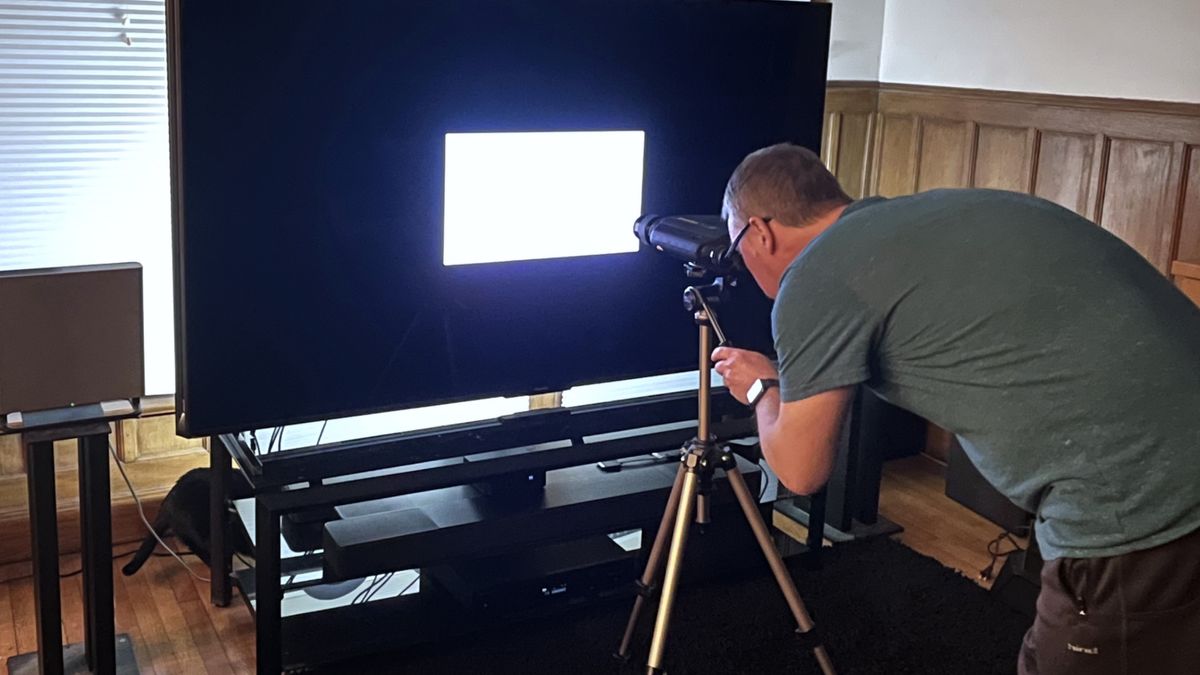
- I spent about 15 viewing hours in total, measuring and evaluating
- Measurements were made using Calman color calibration software
- A full calibration was made before proceeding with subjective tests
When I test TVs, I first spend a few days or even weeks using them for casual viewing to assess the out-of-box picture presets and get familiar with the smart TV menu and picture adjustments.
I next select the most accurate preset (usually Filmmaker Mode, Movie or Cinema) and measure grayscale and color accuracy using Portrait Displays’ Calman color calibration software. The resulting measurements provide Delta-E values (the margin of error between the test pattern source and what’s shown on-screen) for each category, and allow for an assessment of the TV’s overall accuracy.
Along with those tests, I make measurements of peak light output (recorded in nits) for both standard high-definition and 4K high dynamic range using 10% and 100% white window patterns. Coverage of DCI-P3 and BT.2020 color space is also measured, with the results providing a sense of how faithfully the TV can render the extended color range in ultra high-definition sources – you can read more about this process in our guide to how we test TVs at TechRadar.
For the Samsung QN90F, I used the Calman ISF workflow, along with the TV’s advanced picture menu settings, to calibrate the image for best accuracy. I also watched a range of reference scenes on 4K Blu-ray discs to assess the TV’s performance, along with 4K HDR shows streamed from Max, Netflix, and other services.

